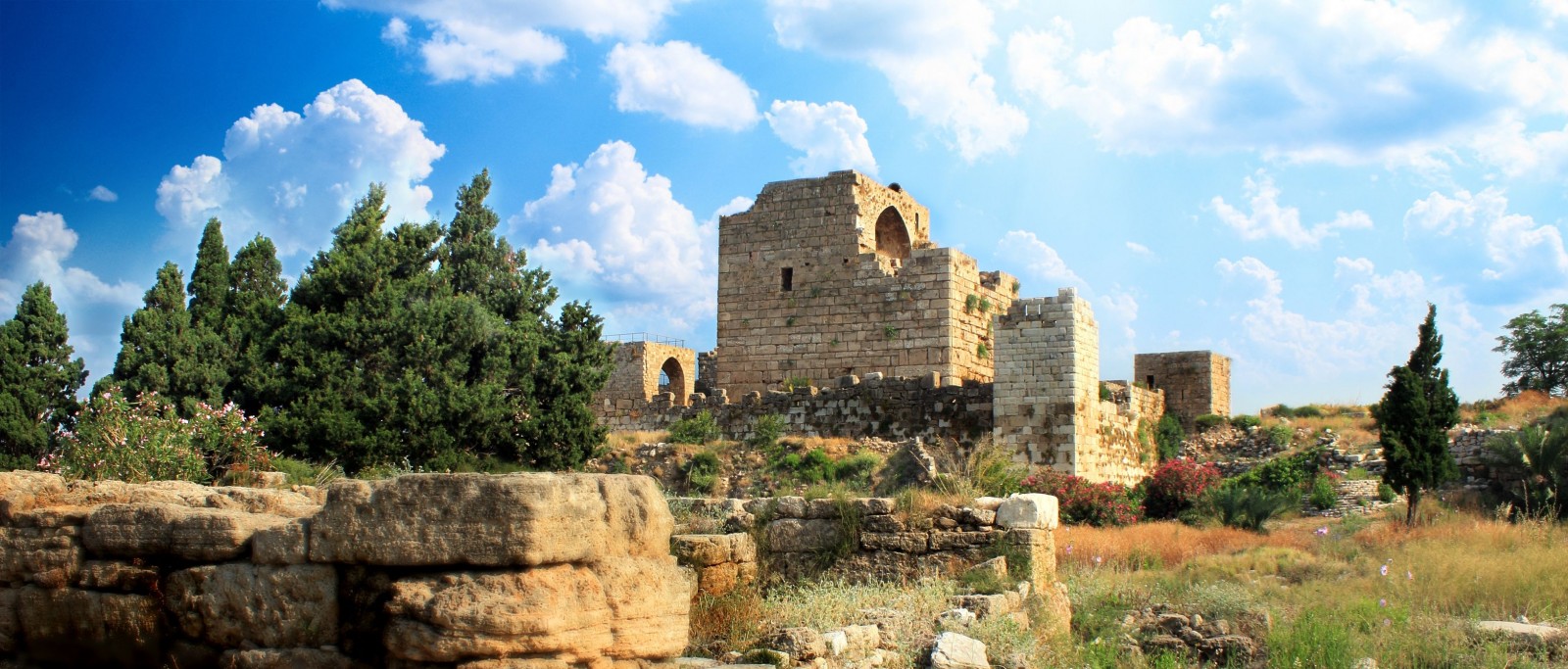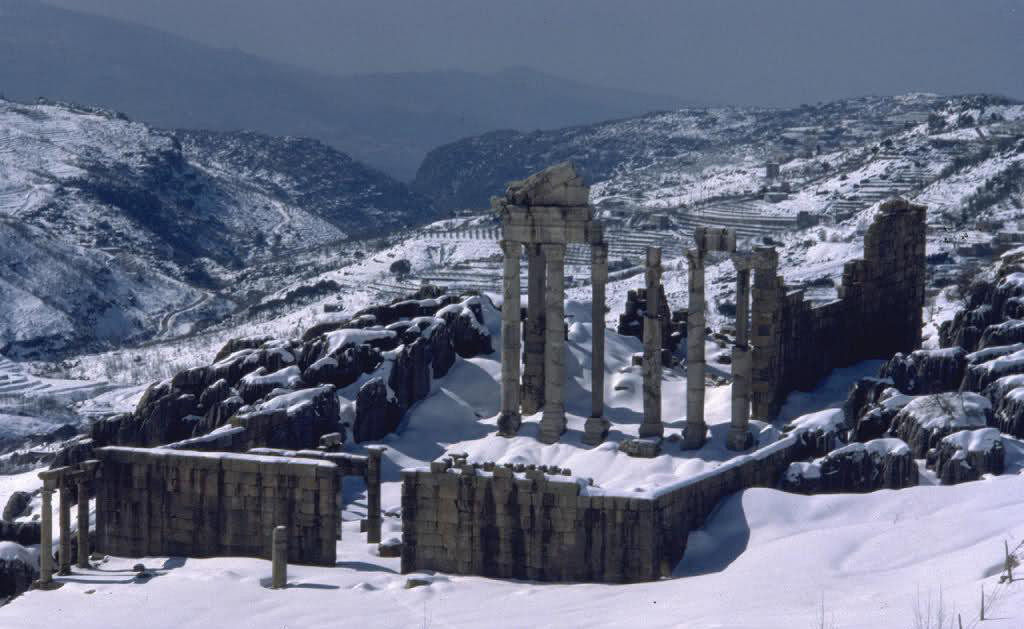
The 6200m long cavern was discovered back in 1836.The are plenty of grottoes with stalactites and stalagmites in the world, but it would appear that none of them even approach the astounding wealth or the extent of those of Jeita.
Over a distance of 650 meters, at two levels, the lower one in a boat and the upper one on foot, following perfectly made cement gangways, the tourist picks his winding way through darkly forbidding caverns.
The subterranean river:
The lower grotto is full of the noise of water, through which you pass in a boat managed by a mariner skilled at sliding through the maze rocks. From the lower grotto, where you arrive by car, you can take the teleferic to the entrance to the upper grotto for an Alice’s tour through Wonderland.
The upper galleria:
The most striking, the most spell-binding, is the upper grotto, where there is only occasional drop of cold water which is the result of niggardly drippings which have gone on for thousands of years.



